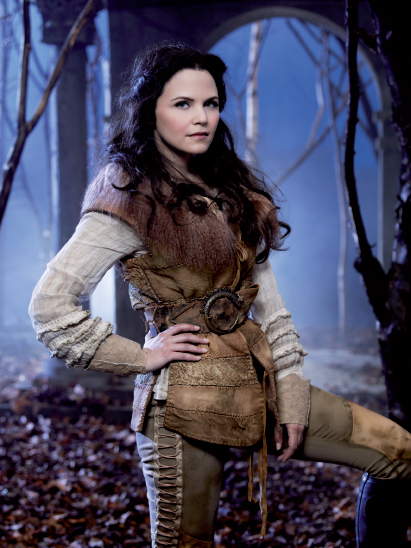Entertainment: Drama
Printed Page 235
Television’s drama programs, which also came from radio, developed as another key genre of entertainment programming. Because production of TV entertainment was centered in New York in its early days, many of their sets, technicians, actors, and directors came from New York theater. Young stage actors often worked in the new television medium if they couldn’t find stage work. The TV dramas that grew from these early influences fit roughly into two categories: anthology dramas and episodic series.
Anthology Drama
In the early 1950s, television programming served relatively wealthy viewers who could afford to buy TV sets. Anthology dramas brought live dramatic theater to these viewers. Influenced by stage plays, anthologies offered new, artistically significant teleplays (scripts written for television) from one week to the next.
But the anthology’s run as a dramatic staple on television proved brief. For one thing, advertisers started to avoid anthologies because they often presented complex, hard-to-solve human problems. Ads displayed during these programs routinely touted quick fixes through products such as deodorant or floor wax. The competing messages of the dramatic portrayal of life’s complexities interrupted by the ad world’s simple thirty-second solutions through consumption seemed out of sync. Moreover, the growing numbers of working- and middle-class people, not accustomed to New York theater but who eventually could afford TV sets, found anthology dramas unfamiliar or unappealing. The shows were also expensive to produce, with each week requiring a whole new story, cast, and sets. Finally, anthologies that explored complex issues such as racial tensions or social-class differences were sometimes labeled politically controversial, scaring off some sponsors and networks.
By the early 1960s, this dramatic genre had virtually disappeared from network television. However, its legacy continues on American public television, especially with the imported British program Masterpiece Theatre (1971–), now known as Masterpiece Mystery! and Masterpiece Classic.
Episodic Series

Abandoning anthologies, network producers and writers developed episodic series, first used on radio in the late 1920s. In this format, main characters continue from week to week, sets and locales remain the same, and technical crews stay with the program. Story concepts are broad enough to accommodate new adventures each week, establishing ongoing characters with whom viewers can regularly identify. Such episodic series come in two general types: chapter shows and serial programs.
Chapter shows are self-contained stories that feature a problem, a series of conflicts, and a resolution. Often reflecting Americans’ hopes, fears, and values, this structure has been used in a wide range of dramatic genres, including network westerns like Gunsmoke; network medical dramas like House or cable’s Hawthorne; police/crime network shows like CSI: Crime Scene Investigation or cable’s The Closer; network family dramas like Little House on the Prairie; and fantasy/science fiction like network’s Once Upon a Time or cable’s Battlestar Galactica.
Serial programs are open-ended episodic shows; that is, most story lines continue from episode to episode. Cheaper to produce than chapter shows, employing just a few indoor sets, and running five days a week, daytime soap operas are among the longest-running and most familiar serial programs in TV history. Audiences watch every day to keep track of the multiple story lines. Prime-time serials include miniseries like Roots—which run over a two-day to two-week period, usually on consecutive nights—and hybrids like Hill Street Blues and The X-Files, which mixed comic situations with more serious plot lines.